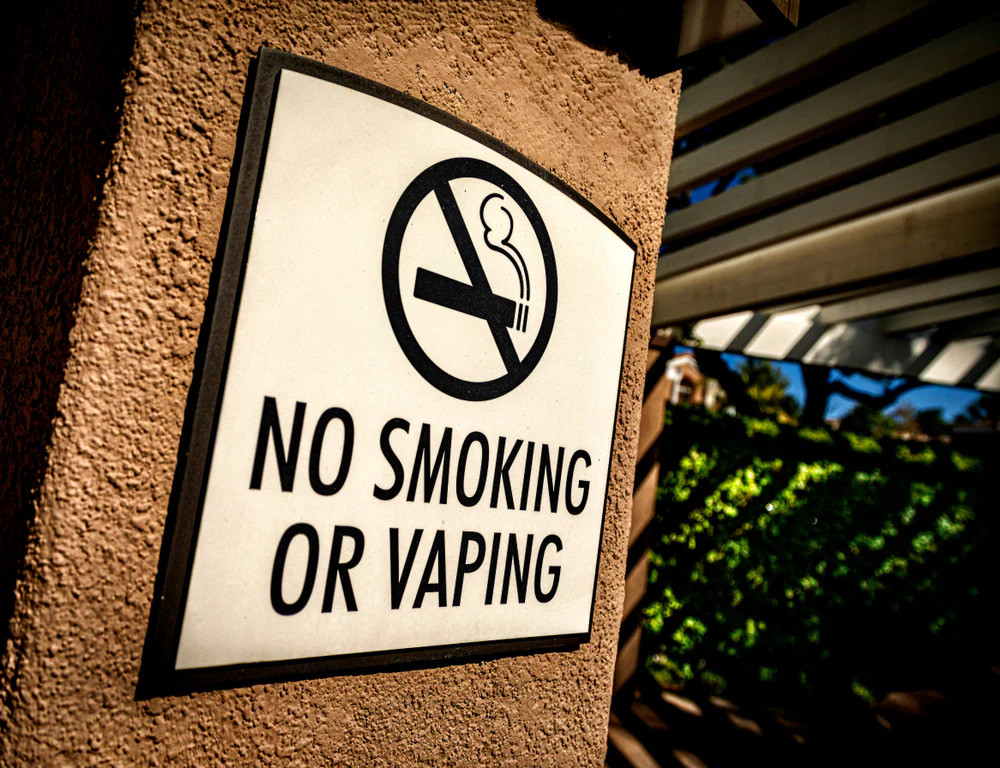The Potential Negative Health Consequences of Banning Flavored Tobacco Products
Estimated 0 min read
When making a decision that impacts the regulation of popular consumables like tobacco, policymakers must make a thorough analysis of all the possible impacts. Especially because the stakes are high with consumables like tobacco when it comes to potential negative health effects.
In this case, we’re talking about the recent peer-reviewed studies that show how banning flavored tobacco products and flavored vaping products may have negative public health consequences.
There are multiple studies that indicate that instead of helping decrease cigarette health risks, banning all flavored tobacco products may actually increase the number of young people that smoke cigarettes.
One of those studies was a 2020 report on the impact of the tobacco product flavor ban in San Francisco among young adults. The highlights of this study include the fact that the flavor ban in San Francisco City reduced overall flavored tobacco use and prompted reduced consumption in general.
However, the impact of the ban varied depending on people’s characteristics and the category of the product in question. More importantly, the same study found that users could still obtain flavored products through multiple ways, a counter-productive non-compliance from retailers, and a 35% increase in cigarette smoking among young adults aged between 18 and 24 years old [1].
There was also a 2021 study on the difference-in-differences analysis of American smoking statistics among youths after the ban on flavored tobacco products. The study was also concentrated on San Francisco City’s flavor ban but included young adults in the sample from outside the district.
The study found that “San Francisco’s flavor ban was associated with more than doubled odds of recent smoking among underage high school students relative to concurrent changes in other districts”. In other words, the study found that the ban actually triggered a smoking increase and higher cigarette health risks among underage high school students in San Francisco when compared to other districts without a flavored tobacco ban.
Even more importantly:
The same study found that higher public health risks were found among youths who vape rather than those who smoked. This is due to the fact that there is a higher rate of flavored tobacco product consumption among vapers than there is among regular cigarette smokers [2].
The third study in question is a
While a lot of research still needs to be done if we wanted to define vaping as the best alternative to smoking, the results of both studies raise the concern of whether or not reducing accessibility to flavored vape products would actually motivate youths to become smokers.
These results should also make entities wonder whether a ban is the right thing to do if the goal is to lessen underage smoking. A difficult position to be in because it prompts an urgency to define the negative health effects of smoking and how those compare to the potential effects of vaping.
All-in-all, policymakers should not rely on simple, one-sided opinions when making decisions on different regulations as they could have counterproductive results on public health. In this case, potentially raising health problems caused by cigarettes and other negative health effects. On the contrary, decisions like these should be made based on real-life data that support changes and new policies.
References
[1] Yang, Y., Lindblom, E. N., Salloum, R. G., & Ward, K. D. (2020). The impact of a comprehensive tobacco product flavor ban in San Francisco among young adults. Addictive Behaviors Reports, 11, 100273. https://doi.org/10.1016/j.abrep.2020.100273
[2] Friedman, A. S. (2021). A Difference-in-Differences Analysis of Youth Smoking and a Ban on Sales of Flavored Tobacco Products in San Francisco, California. JAMA Pediatrics, 175(8), 863. https://doi.org/10.1001/jamapediatrics.2021.0922







